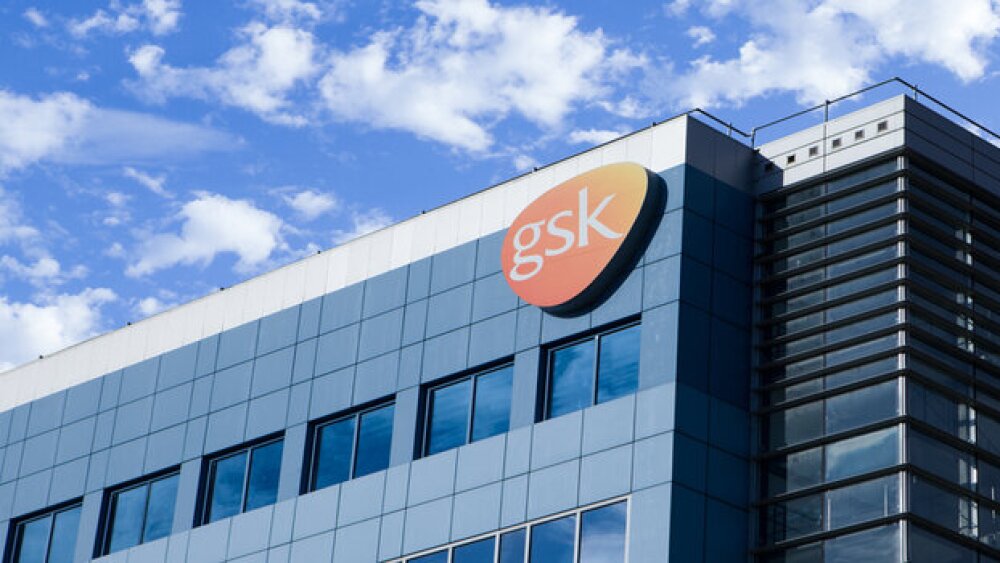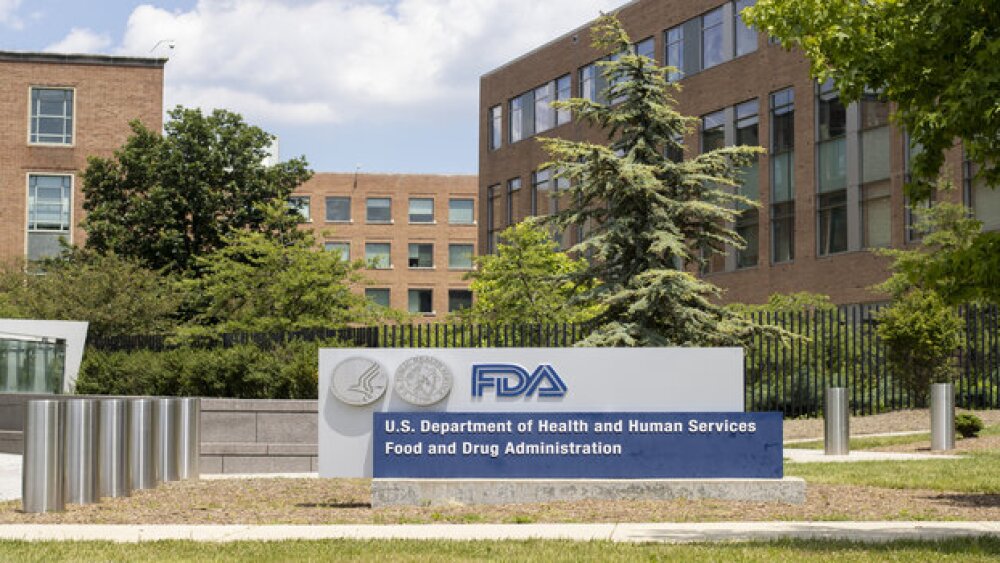March 17, 2015
By Riley McDermid, BioSpace.com Breaking News Sr. Editor
San Francisco—Booming Nektar Therapeutics had mixed news Tuesday, after it reported solid topline results from its Phase III trial of its experimental breast cancer drug, saying it improved survival in patients studied by a little over two months. But the study missed its primary endpoint, throwing into doubt just how solid those results could be in the long term.
The drug showed an even higher rate of survival in a subgroup of patients whose breast cancer had spread to the brain and liver, improving survival by more than five months and two months, respectively. In 2012, the U.S. Food and Drug Administration (FDA) designated NKTR-102 as a Fast Track development program for the treatment of patients with locally recurrent or metastatic breast cancer progressing after treatment with anthracycline, taxane and capecitabine (ATC).
But based on a stratified log-rank analysis, the primary endpoint measuring the Hazard Ratio (HR) for survival in the NKTR-102 group compared to the active control arm was 0.87 with a p-value of 0.08, which did not achieve statistical significance. Because of some encouraging early data from prior trials, and the fast track designation, all eyes have been on Nektar.
The company (and a few Wall Street analysts) have been waiting anxiously for the outcome of a Phase III trial of its metastatic breast cancer drug, NKTR-102, which is currently being tested and could have results as soon as March. If those are positive, it means the experimental therapy could be useful for other forms of brain and lung cancer, as well as the always lucrative tumor market.
Today’s results were not disappointing in terms of progession and survival, but they did not come quite up to snuff.
Nektar’s BEACON study followed single-agent NKTR-102 in 852 patients with advanced breast cancer, comparing the dug to an active control arm comprised of a single chemotherapy agent of physician’s choice (TPC) in patients who were heavily pre-treated with a median of three prior therapies for metastatic disease.
Overall, NKTR-102 provided a 2.1 month improvement in median overall survival (OS) for 852 patients over TPC (12.4 months for patients receiving NKTR-102 compared to 10.3 months for patients receiving TPC).
In a pre-specified subgroup of patients with a history of brain metastases, NKTR-102 showed a statistically significant improvement of 5.2 months in median OS. The proportion of patients with brain metastases with 12-month survival was 44.4 percent in the NKTR-102 arm as compared to 19.4 percent in the control arm.
When treating liver cancer, NKTR-102 showed a statistically significant improvement of 2.6 months in median OS. In patients with baseline liver metastases, the proportion of patients with 12-month survival was 46.9 percent in the NKTR-102 arm as compared to 33.3 percent in the control arm.
Edith Perez, deputy director of the Mayo Clinic Cancer Center, and Javier Cortes, Director of the Breast Cancer Program at Vall d’Hebron University Hospital in Spain, served as co-principal investigators. BEACON enrolled 852 patients with advanced breast cancer.
“In BEACON, NKTR-102 provided a clinically meaningful benefit with a greater than two month survival advantage in these late-stage breast cancer patients, many who were refractory to existing therapies,” said Cortes. “NKTR-102 exhibited a lower rate of high grade adverse events including a reduced rate of neutropenia as compared to active control, which dramatically decreased the need for growth factor support in the NKTR-102 arm of the study.”
Secondary endpoints in the BEACON study included overall response rate (ORR) and progression-free survival (PFS), which did not achieve statistical significance in the study.
Bay Area-based Nektar Therapeutics Inc. (NKTR) is already set to hire as many as 150 new people as it expands into a new 20,000-square-foot facility in San Francisco’s Mission Bay, the company told the San Francisco Business Times in January.
Nektar currently has a staff of 425, with 250 already based in its existing Mission Bay space, but it’s hoping it will be adding to that roster after receiving U.S. Food and Drug Administration approval for promising new drugs. The space at 455 Mission Bay Boulevard South will be a second story connected to the company’s current headquarters, where it conducts the majority of its research and development operations.
Much of that growth will depend on today’s results for NKTR-102."If 102 is successful and you go into oncology, you have to have medical, regulatory and sales and marketing,” CEO Howard Robin told the paper at the time, adding the company will hire “at least 50” new workers.
So far, 2015 is shaping up to be a big year for the company. Nektar is also waiting on FDA approval—and the milestone payments that come with those—for the hemophilia A treatment it has developed Baxter International .
“You could say, Nektar has matured,” Robin said in the interview. “It has become an adult.”
Nektar’s additional space will be leased from Alexandria Real Estate Equities Inc., which had previously been in talks with Pfizer Inc. for a facility there, across from the University of California, San Francisco (UCSF). Those talks fell through and Nektar now will have 115,000 square feet of prime space to grow, said its CEO.
BioSpace Temperature Poll
After Amgen Inc. said last week that it will close its South San Francisco facility acquired during its $10 billion buyout of Onyx Pharmaceuticals and will lay off 300 of Oynx’s 750 workers, BioSpace is wondering—will the number of mergers and acquisitions completed in 2014 mean a “streamlining” of biotech jobs in the Bay Area? Tell us your thoughts.






